中国传统节日英文表达指南:让世界读懂中国节
在中秋月饼的香气尚未完全散去、国庆的喜庆氛围仍萦绕心间之际,外语部特别整理这份《中国传统节日英文表达指南》,旨在帮助同学们准确、生动地向世界介绍中国丰富多彩的传统节日文化。
一、主要传统节日英文名称对照表
以下是按照时间顺序排列的中国主要传统节日及其英文表达:
节日名称 | 英文表达 | 日期(农历) |
春节 | the Spring Festival /the Chinese New Year | 正月初一 |
元宵节 | the Lantern Festival | 正月十五 |
清明节 | Tomb-Sweeping Day /the Qingming Festival | 清明节气(公历4月4-6日) |
端午节 | the Dragon Boat Festival | 五月初五 |
七夕节 | the Qixi Festival / Chinese Valentine's Day | 七月初七 |
中秋节 | the Mid-Autumn Festival / the Moon Festival | 八月十五 |
重阳节 | the Double Ninth Festival | 九月初九 |
腊八节 | the Laba Festival | 十二月初八 |
二、节日英文表达详解与例句
春节(the Spring Festival/the Chinese New Year)
春节是中国民间最隆重的传统节日,标志着农历新年的开始。在英文表达中,Spring Festival 和 Chinese New Year 可以互换使用,但后者更便于国际友人理解。
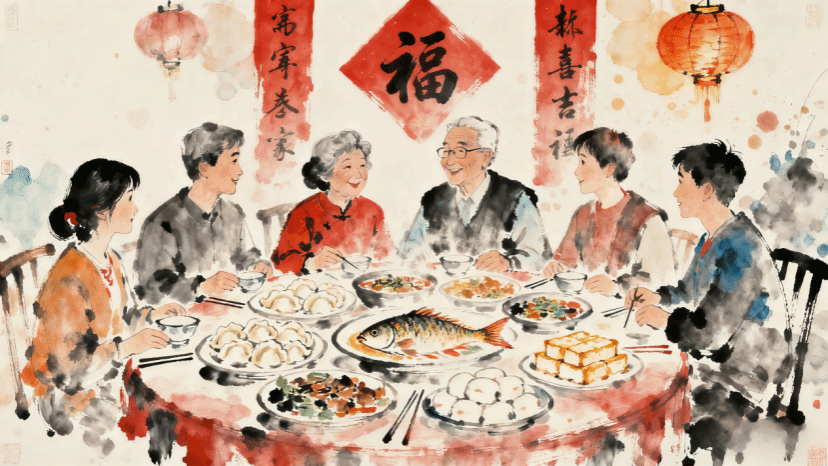
相关词汇:
•除夕:the Chinese New Year's Eve
•春联:Spring Festival couplets
•红包:red packets
•年夜饭:family reunion dinner
例句:The Spring Festival is the lunar New Year, and it's a time for family reunion. (春节是农历新年,是家人团聚的时刻。)
元宵节(the Lantern Festival)
元宵节是春节之后的第一个重要节日,以观赏花灯和猜灯谜为主要特色。
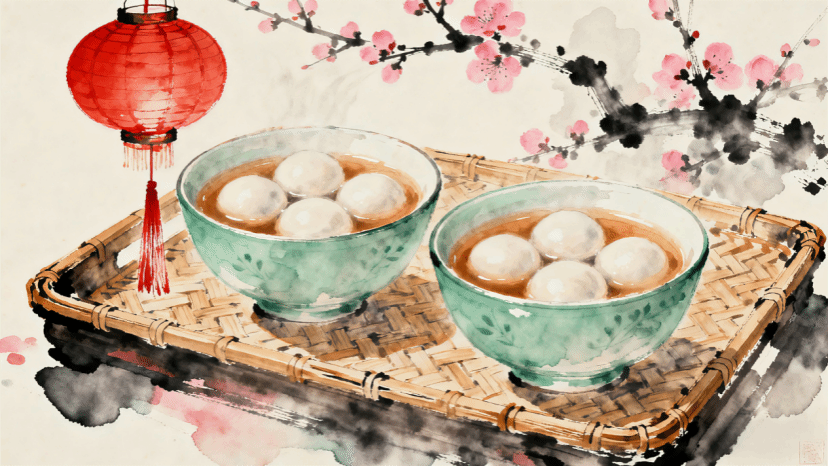
相关词汇:
•汤圆:sweet glutinous rice balls (Yuanxiao)
•灯谜:riddles written on lanterns
•花灯展:exhibit of lanterns
例句:During the Lantern Festival, people appreciate and release colorful lanterns. (在元宵节期间,人们欣赏和放飞彩灯。)
清明节(Tomb-Sweeping Day/the Qingming Festival)
清明节既是节气又是节日,主要活动是扫墓祭祖。Tomb-Sweeping Day 更直接描述了节日的主要活动,而 the Qingming Festival 则保留了节日的文化特色。
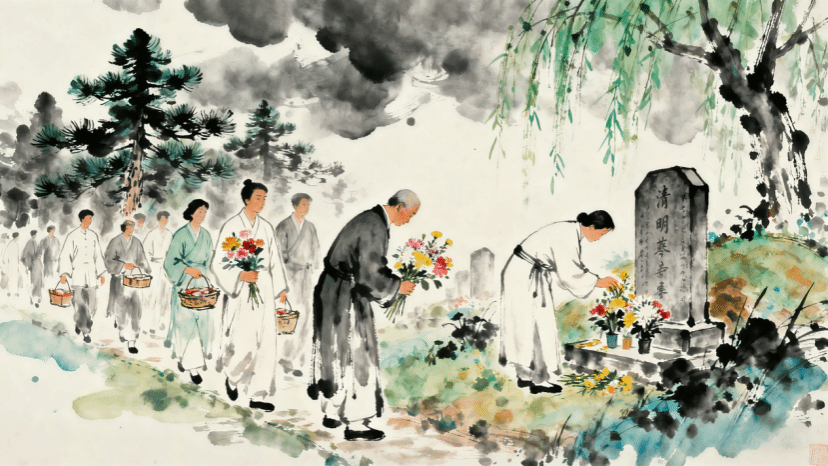
相关词汇:
•扫墓:tomb sweeping
•踏青:spring outing
•祭祖:ancestor worship
例句:On Tomb-Sweeping Day, people visit the graves of their ancestors to pay their respects. (在清明节,人们扫墓以表达对祖先的敬意。)
端午节(the Dragon Boat Festival)
端午节是为纪念古代诗人屈原的节日,以龙舟竞赛和吃粽子为主要习俗。
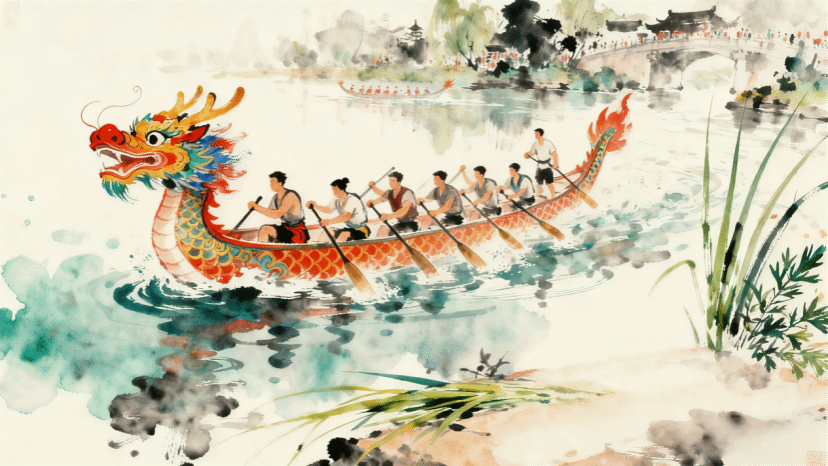
相关词汇:
•粽子:zongzi (sticky rice dumplings)
•龙舟赛:dragon boat race
•屈原:Qu Yuan
例句:The Dragon Boat Festival features dragon boat races in memory of Qu Yuan. (端午节以龙舟赛为特色,以纪念屈原。)
中秋节(the Mid-Autumn Festival/the Moon Festival)
中秋节是庆祝丰收和家庭团圆的节日,赏月和吃月饼是核心活动。
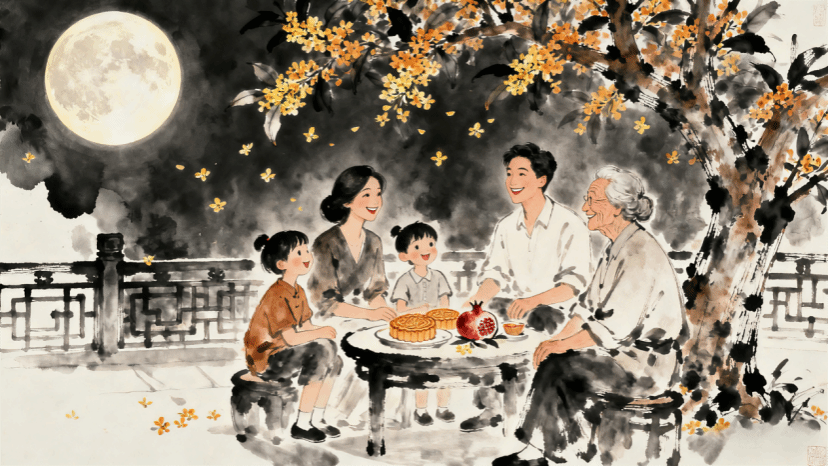
相关词汇:
•月饼:mooncakes
•赏月:moon appreciation/admire the moon
•团圆:family reunion
例句:People gather together to admire the moon and eat mooncakes during the Mid-Autumn Festival. (人们在中秋节聚在一起赏月、吃月饼。)
三、传统节日英文翻译原则
了解传统节日的翻译原则,有助于更准确地表达节日文化内涵:
1. 音译与意译结合:如“清明节”音译为“Ching Ming Festival”,其中“节”字意译为“festival”。
2. 文化特色词保留:如“粽子”直接音译为“zongzi”,然后解释为“sticky rice dumplings”。
3. 功能对等翻译:如“七夕节”译为“Chinese Valentine's Day”,便于西方文化背景的人理解。
四、实用表达技巧与常见错误
介词使用规则
•用at表示在节日期间(包含节日当天及前后几天),例如:at the Spring Festival(在春节期间)。
•用on特指节日那一天,例如:on the Dragon Boat Festival(在端午节当天)。
避免常见错误
•端午节祝福不宜简单说“Happy Dragon Boat Festival”,更地道的表达是“Wishes for a good Dragon Boat Festival”。
•区分“Festival”和“Day”的使用:传统农历节日多用“Festival”,纪念性节日多用“Day”。
五、文化传播的深层意义
掌握传统节日的英文表达,不仅是语言学习的一部分,更是跨文化交际能力的重要体现。准确传达节日背后的文化内涵,能够让国际友人真正理解中国人重视家庭、尊崇自然、感恩祖先的价值观念。外语部鼓励各位同学在日常学习中积累这些表达,在对外交流中自信地讲述中国故事,成为中华文化的优秀传播者。
外语部
林睿睿